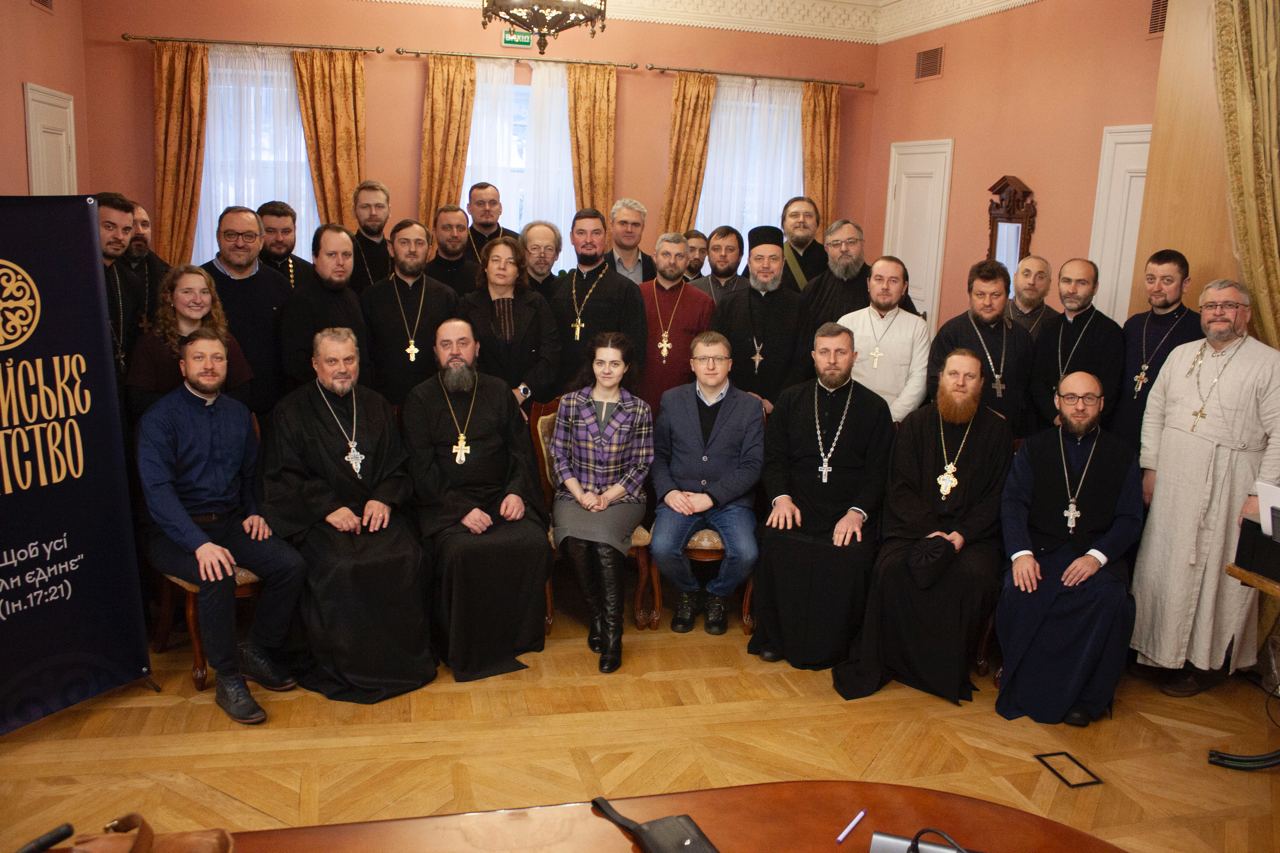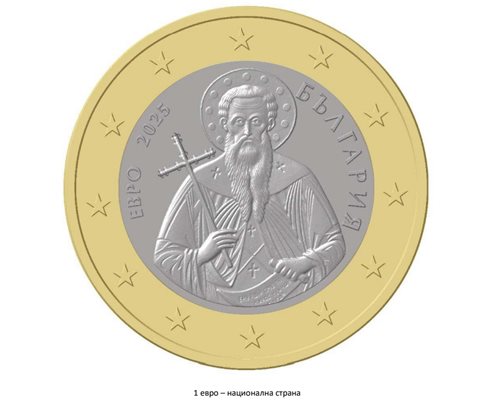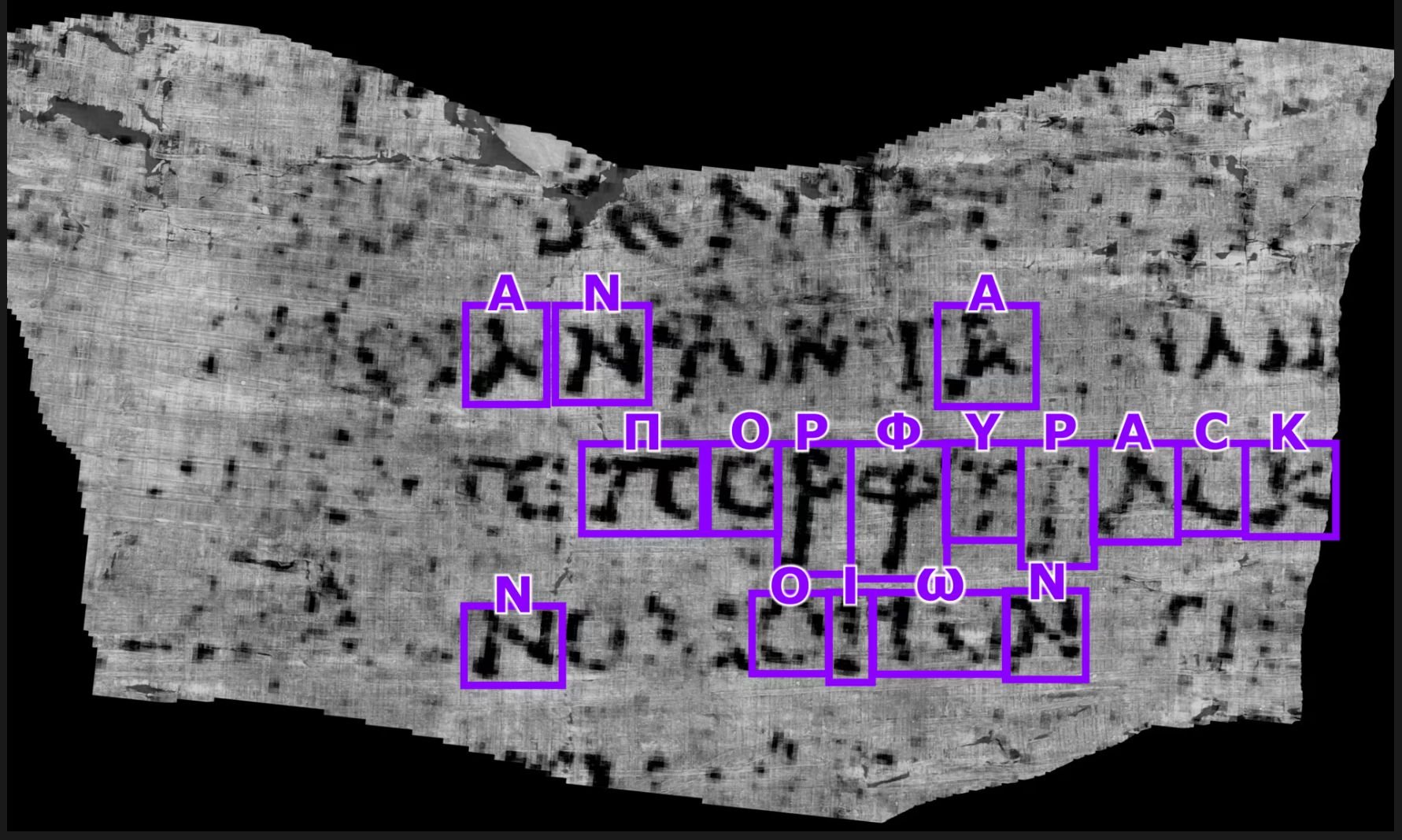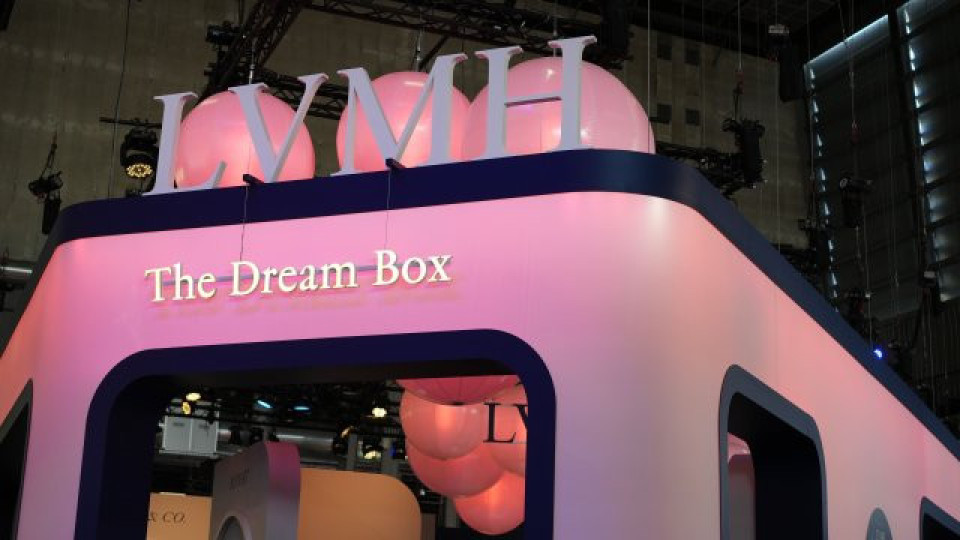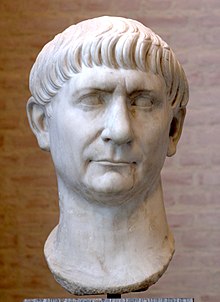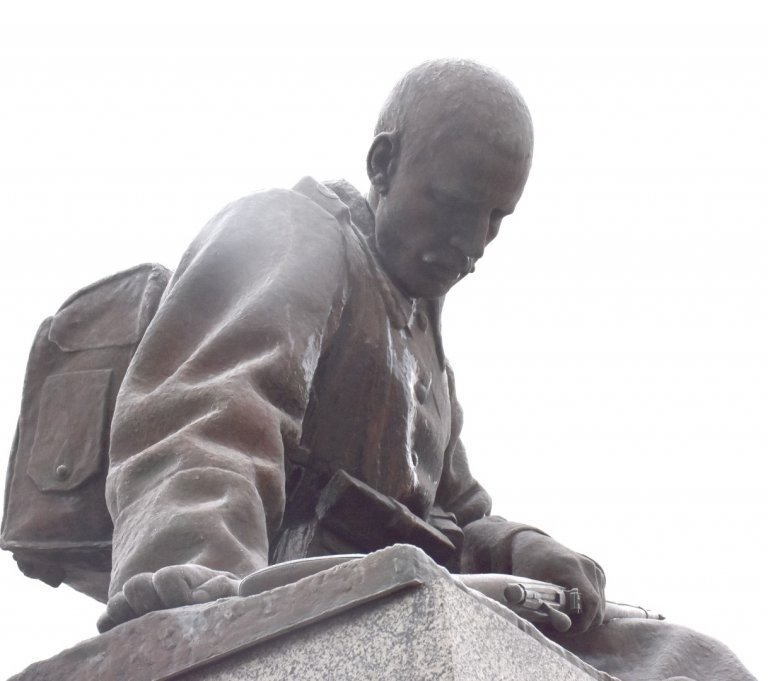By Hristianstvo.bg
In “St. Sofia of Kiev” the Constituent Assembly of the public organization “Sofia Brotherhood” was held. The participants of the meeting elected the chairman of Archpriest Alexander Kolb and members of the Board of Directors of the brotherhood. The event was held within the framework of the Forum for the Unity of Ukrainian Orthodoxy, which was held on the territory of the National Reserve “St. Sophia of Kiev”.
The Sofia brotherhood positions itself as an association of Orthodox Ukrainians — believers from the UOC, OCU and other local churches. The main goal of the activity of the brotherhood is comprehensive support of inter-Orthodox dialogue to achieve the unity of Ukrainian Orthodoxy, unification of efforts and support of initiatives of Orthodox Christians aimed at its development.
The round table “Church, Society, State: Dialogue for Unity and Victory” was held within the framework of the forum.
For quite a long time, Ukrainian Orthodoxy suffered from division and hostility. Repeated attempts to overcome the schism, however, were constantly met with both covert and open resistance from the Moscow Patriarchate. In particular, the sincere desire of the Ecumenical Patriarch to heal such a division by returning the part of Ukrainian Orthodoxy that was in schism to church communion by giving the Orthodox Church of Ukraine (OCU) a Tomos for autocephaly, not only did not find support in the Russian Orthodox Church and in its satellites in Ukraine, but it also became a kind of trigger for them to create and deepen a schism in Universal Orthodoxy. It became increasingly obvious that the Moscow Patriarchate was only interested in expanding its own influence over the Orthodox world and would not let anyone out of its “canonical claws”.
The large-scale Russian aggression that began on February 24, 2022 became a turning point and a bloody point in the history of both the Ukrainian state and the Ukrainian Orthodox Church. Despite Moscow Patriarch Kirill’s misleading statements about the “united nation” and the “united Orthodox congregation”, the Russian Orthodox Church took a course to justify the bloody war and blessed the aggressor for the “sin of Cain”. The commandments of God, the teachings of Christ and the holy fathers of the Church ceased to be an authority for the head of the Russian Orthodox Church, which in its words and actions was already based on the criminal ideas of the Russian dictator and the instructions of the all-powerful FSB. Under these conditions, Patriarch Kirill had neither canonical nor moral right to be “great master and father” for the multi-million Ukrainian congregation. It was this that pushed part of the Ukrainian clergy to decisive action.
On April 10, 2022, Archpriest Andrii Pinchuk, a cleric of the Dnipropetrovsk Diocese of the UOC, made a video address to the Council of Prelates of the Ancient Eastern Churches, in which he called for a council to condemn the “Russian Peace” doctrine raised by the Moscow Patriarch, as well as for bringing Patriarch Kirill to canonical responsibility and depriving him of the right to occupy the patriarchal throne.
A group of clerics from different dioceses was formed around the call to the Eastern Patriarchs, who are trying to find ways to solve the pressing problems of the Church’s development. Various online meetings are held at which representatives of the administrative structures of the Kyiv Metropolitanate, scientists, theologians, bishops of the UOC, etc., are invited to communicate.
The holding of such meetings, as well as the creation of groups on social networks, lay the foundations of an informal association of clergy, whose media mouthpiece is the Voice of the Clergy of the Ukrainian Orthodox Church on the Facebook social network.
Source: hristianstvo.bg.
Photo: sofiyske-bratstvo.org.



